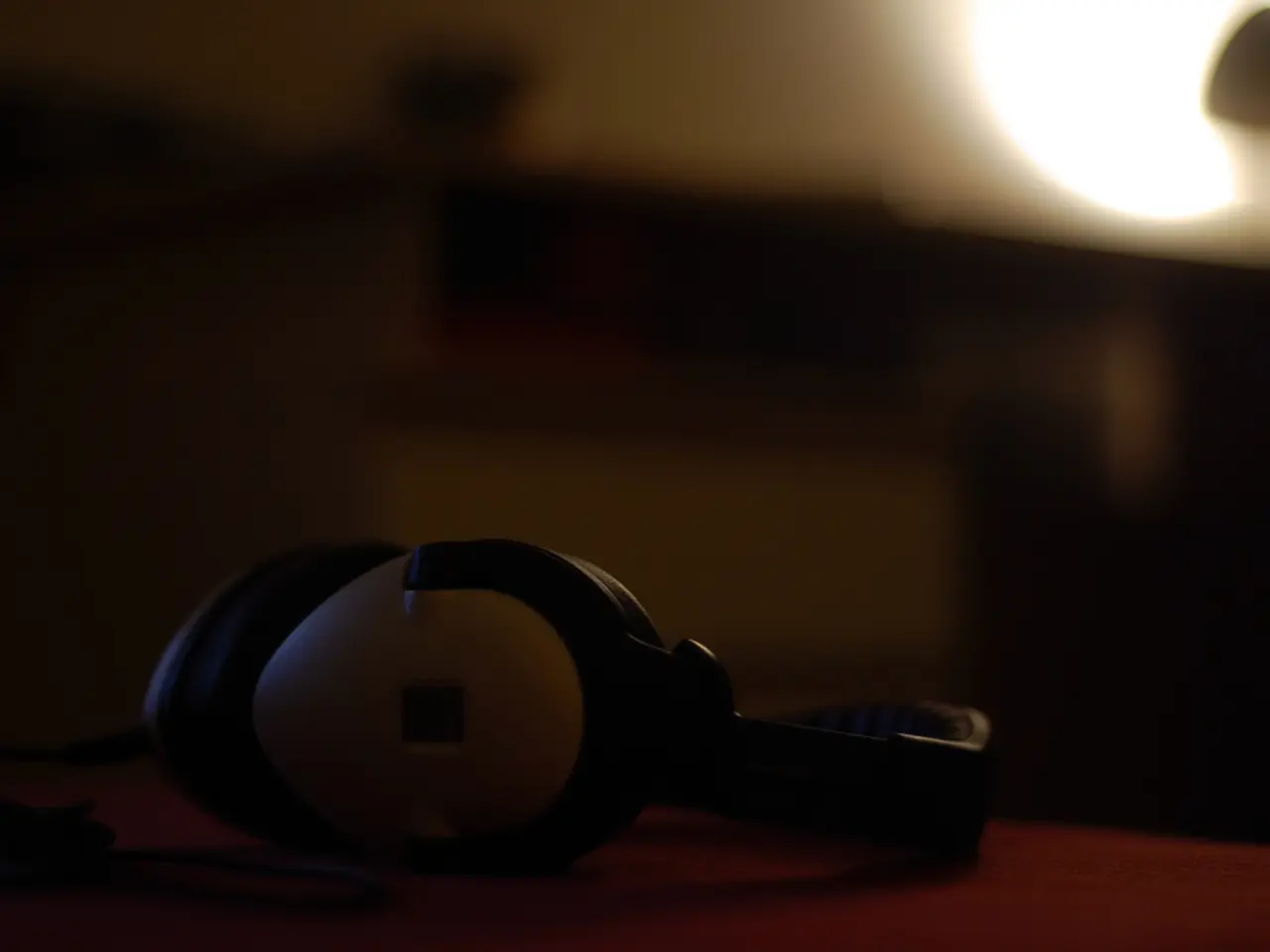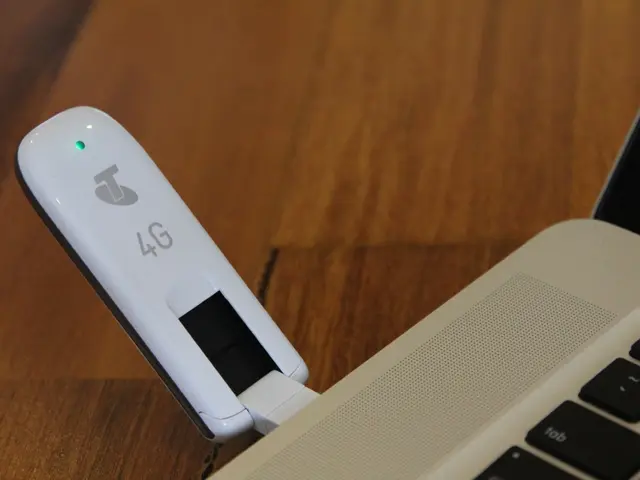Assessing the Potential of Sony WH-1000XM4 Headphones in a Studio Environment
The Sony WH-1000XM4 headphones are a popular choice among audiophiles and professionals alike, offering a blend of features that cater to a wide range of uses.
These headphones showcase low latency when connected via Bluetooth, providing a smooth audio experience. However, some noticeable delays may still occur during audio playback and recording tasks.
One of the standout features of the Sony WH-1000XM4 is its excellent sound isolation, making it suitable for tracking vocals or instruments. This feature, combined with its ability to support both Bluetooth and wired connections, offers flexibility for various studio settings.
However, professionals may question whether the investment aligns with actual studio requirements, as the Sony WH-1000XM4 sits at a premium price point. While they offer long-lasting comfort with plush ear cups and adjustable headbands, they may not offer a perfectly neutral sound signature, which is paramount for studio work.
For casual mixing or editing tasks, the Sony WH-1000XM4 can offer a pleasant listening experience. The noise cancellation on these headphones is effective, particularly in louder studio settings. However, it might create a sense of isolation in collaborative studio sessions.
The Sony WH-1000XM4 headphones offer Bluetooth 5.0 connectivity for wireless use and can connect to devices using an auxiliary cable for wired use. They have exceptional sound quality, with a 40mm driver enhancing bass, midrange, and treble.
While the Sony WH-1000XM4 headphones are not specifically designed as studio reference headphones, they can be calibrated for studio use to some extent. Users can adjust the equalizer (EQ) to flatten or tailor the sound curve, which helps in approaching a more neutral and balanced sound profile suitable for mixing or monitoring.
The headphones have a generally neutral and balanced sound, which is favorable for acoustic and classical music. Users can commonly use parametric or graphic EQ in apps like Sony’s Headphones Connect or digital audio workstations to adjust frequency bands and achieve a more accurate studio sound.
There are preset EQ settings available online, and users can manually adjust frequency bands such as 400Hz to 2.5kHz (affecting vocals and instruments) to improve vocal clarity and instrument presence. Calibration methods include tuning by ear—adjusting EQ based on listening to reference tracks—and tuning by measurements—using frequency response graphs and target curves to apply corrective equalization.
However, these headphones are primarily designed as high-quality wireless noise-canceling consumer headphones, not for professional studio monitoring. Their frequency response consistency can vary depending on fit, and they do not provide the absolute flat response of dedicated studio headphones.
In summary, while you cannot recalibrate the hardware internally or replace drivers, you can calibrate Sony WH-1000XM4 headphones through careful EQ adjustments to make them more suitable for casual studio monitoring or mixing tasks. For critical, high-accuracy studio work, dedicated reference headphones are generally preferred.
Lastly, the Sony WH-1000XM4 headphones feature touch controls and voice assistant compatibility. They also offer a quick charge option, providing up to 5 hours of playback from a 10-minute charge. With these features and their industry-leading noise cancellation, the Sony WH-1000XM4 headphones continue to be a popular choice for both casual and professional users.
Read also:
- Review of the 2025 Lamborghini Revuelto: Blazing Beasts on Wheels
- California links 100,000 home storage batteries through its Virtual Power Plant program.
- Fortnite supporters experience uncertainty as Epic Games criticizes the CMA for postponing the iOS release in the UK
- Advantages of Developing an iOS App for Your Company: A Comprehensive Look at 7 Potential Perks







